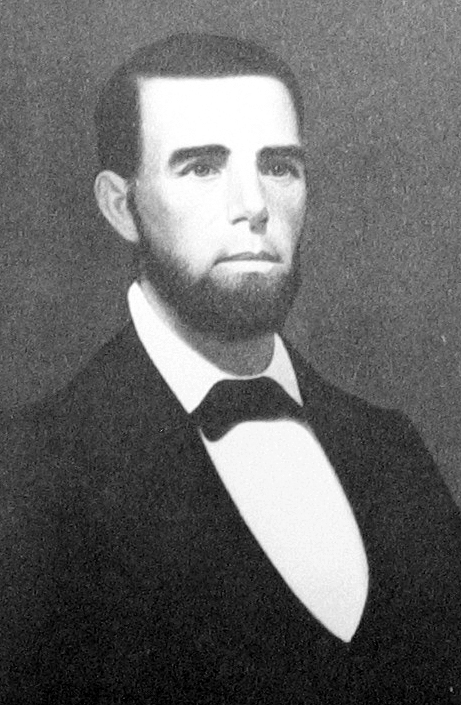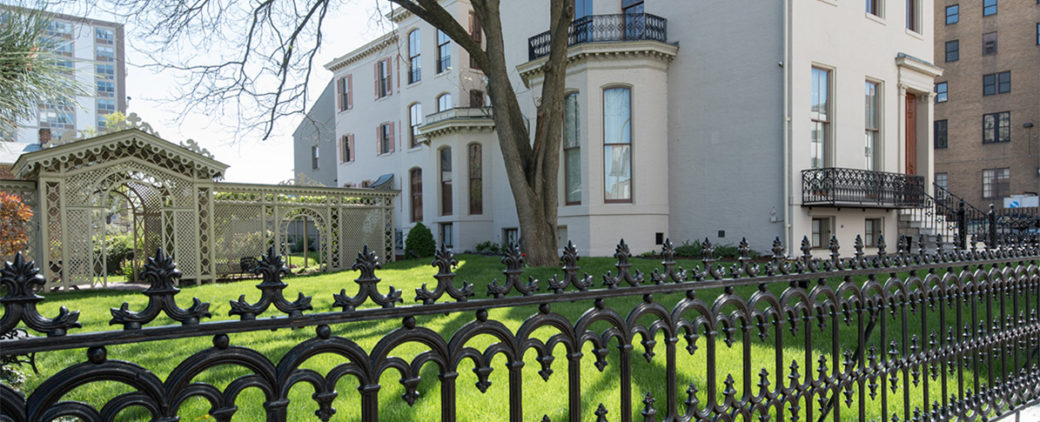Mile 401- Kansas City (Modern Day)

Bird’s Eye View of Kansas City, Missouri
January 1869
You will remember from our previous stop that Robert Campbell and company were following the Missouri River, sticking to the southern bank. They encountered multiple small European-American settlements along the way, including our last stop at Jefferson City. However, they were beginning to make their way further west and these European-American settlements were becoming more and more scarce.
“We found little settlements all along our route, but they became more sparse in the upper counties until we got to Jackson County.” “The first Indians we saw were the Kaws, in Jackson County [Kansas City metro area]. “…That year Jackson County was purchased from the Kaws and Osages.” “…At the mouth of the Kaw [Kansas River], just above the site of Kansas City, Ely and Curtis were located as traders”
As you know, Robert and Company left Saint Louis on November 1, 1825. Roberts narrative dates his arrival in modern day Kansas City at 1826, just the journey across Missouri, one of the easiest legs of their journey had taken months.
Francois Chouteau, the nephew of the famous Auguste Chouteau, established a trading post near the mouth of the Kansas River in 1821. In 1838 a tract of nearly 270 acres of what is today downtown Kansas City was auctioned off, with a group of fourteen investors known as The Town Company being the highest bidders at $4,220. This group of investors named their new tract of land The Town of Kansas in honor of the Kanza tribe who had once inhabited the lands around the mouth of the Kansas River. The initial 14 investors were joined shortly after this point by three additional investors, including Robert Campbell. In 1857 Robert Campbell sold nearly all of his acreage in Kansas City to his nephew John Campbell for $50,000. John Campbell, settled his family in the young town, building what was called the “show piece” of the town as his home. This home, pictured below, was torn down in 1903.
So when Robert arrived in 1826, there would have been little to nothing welcoming the party to Kansas City, the population was only 700 more than 20 years later, and it was not even officially founded until 1850. It would have been just another Western outpost where the party could have resupplied before heading deeper into the largely uncharted West.

George Caleb Bingham
Circa 1860


Alexander Gardner
circa 1867



